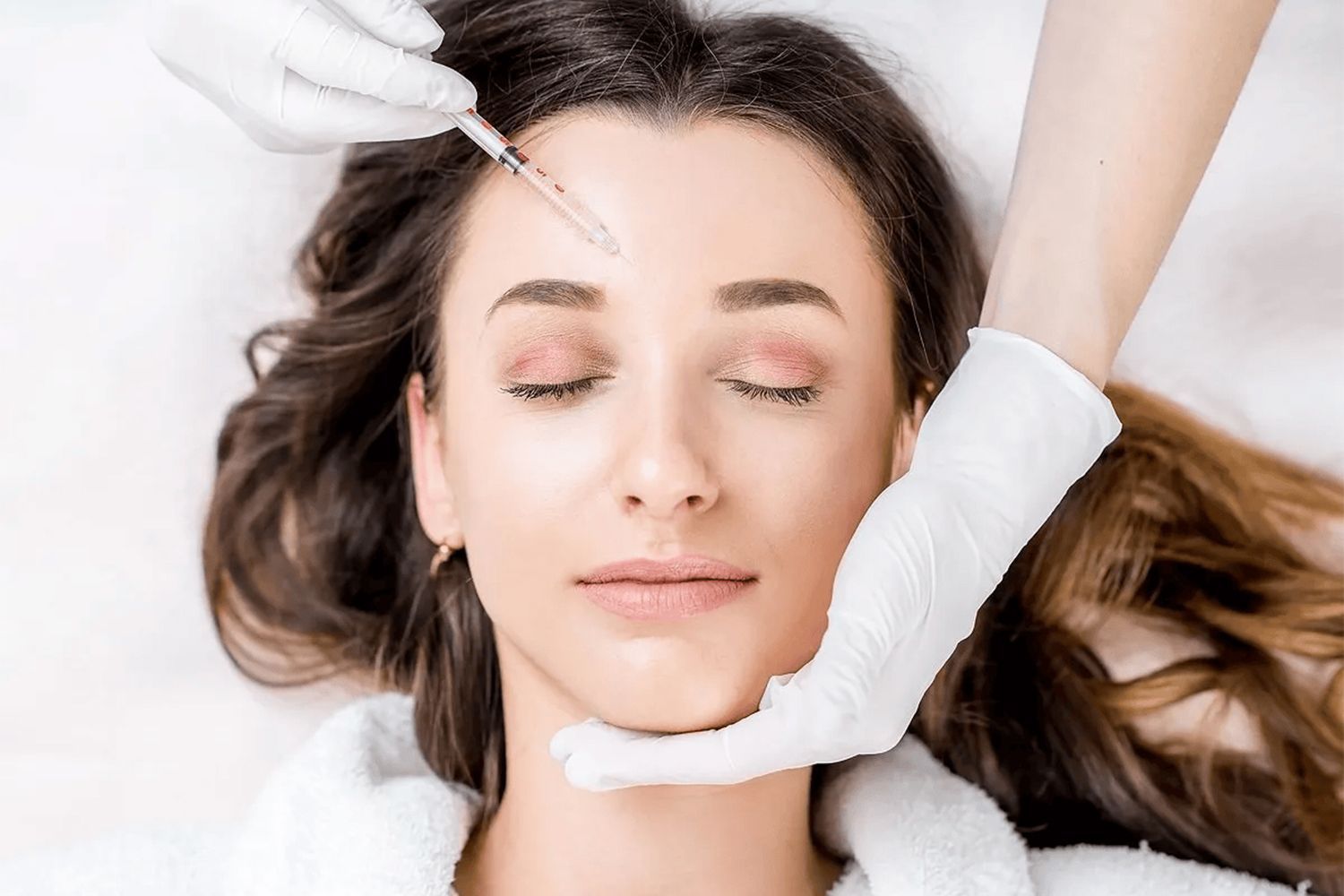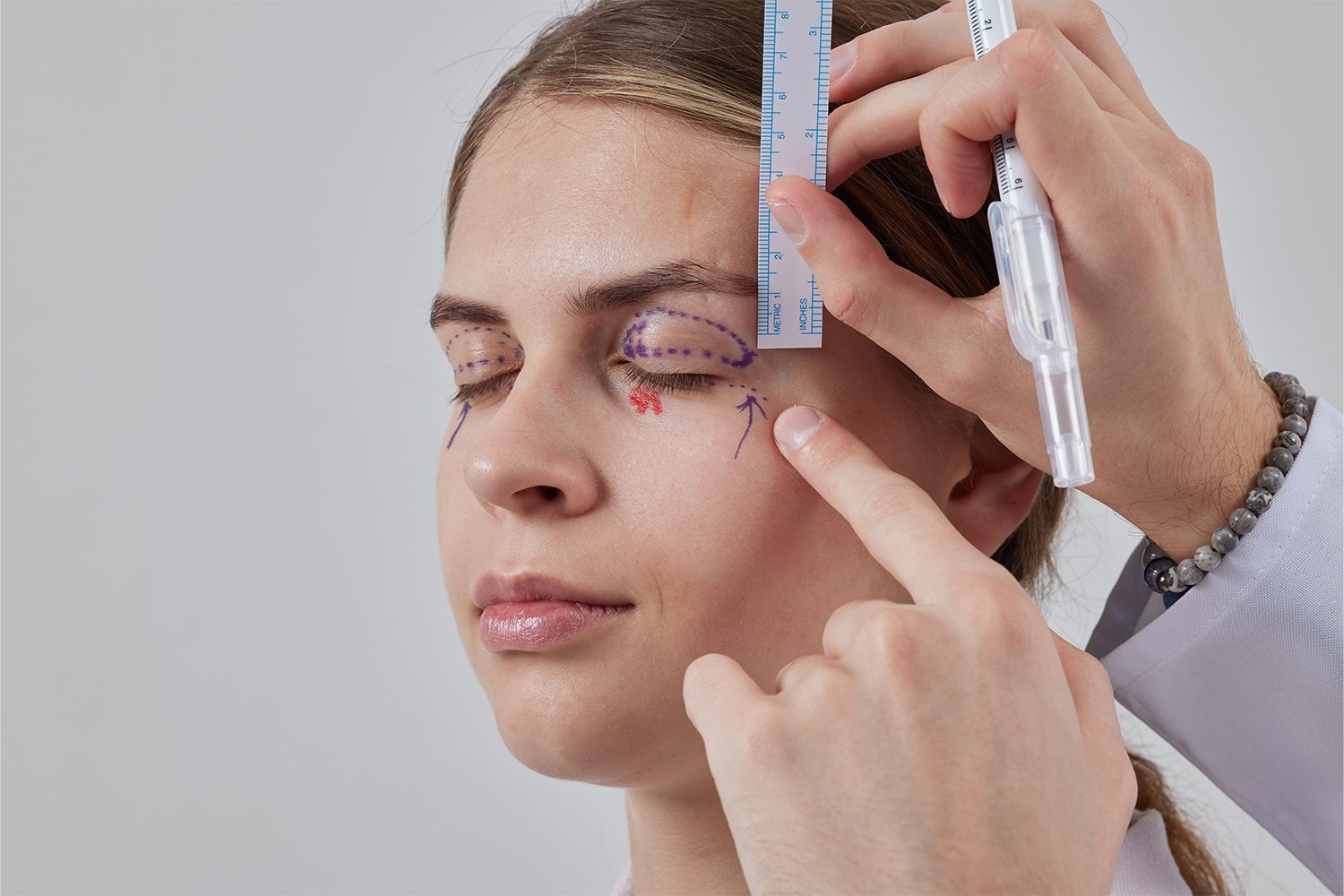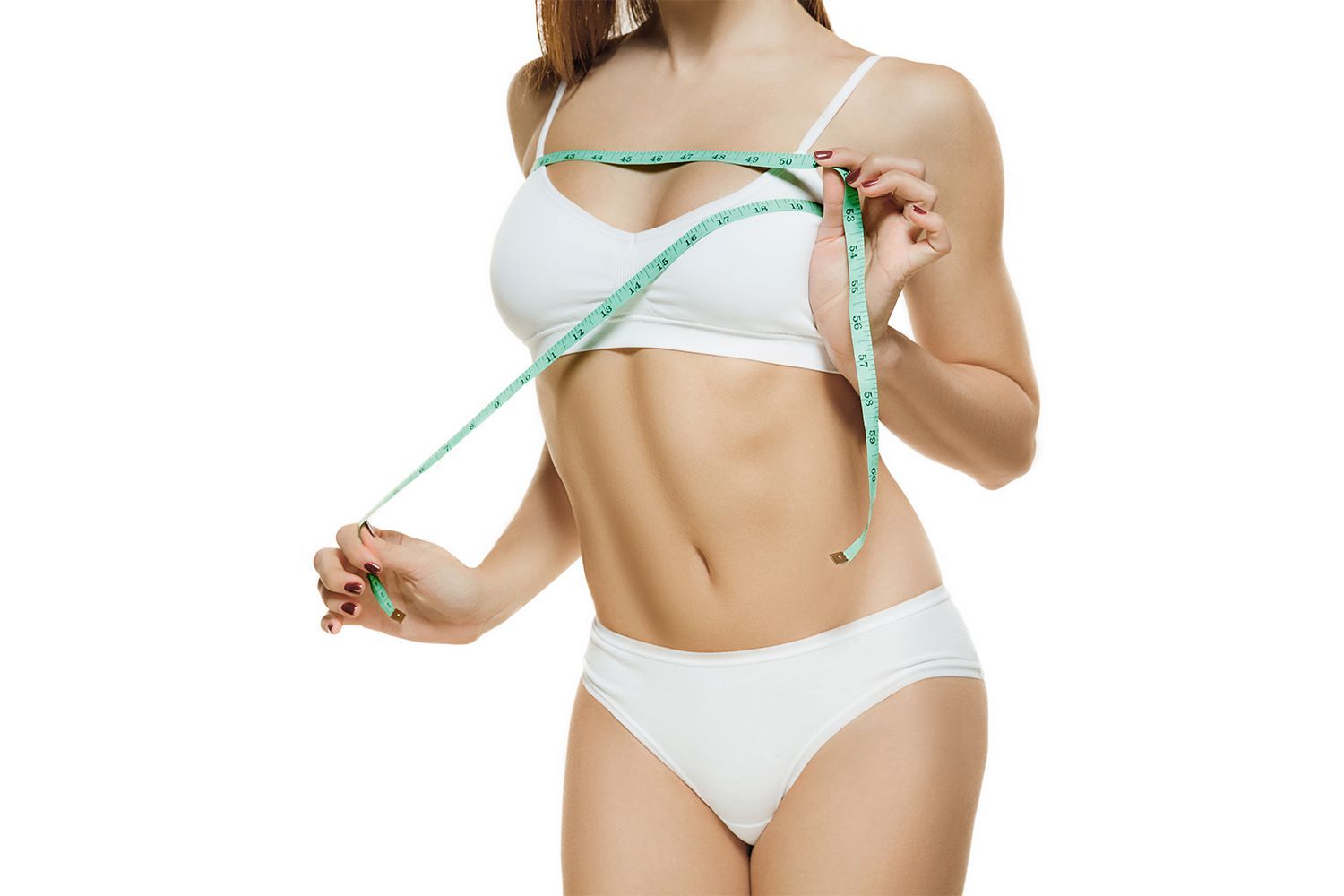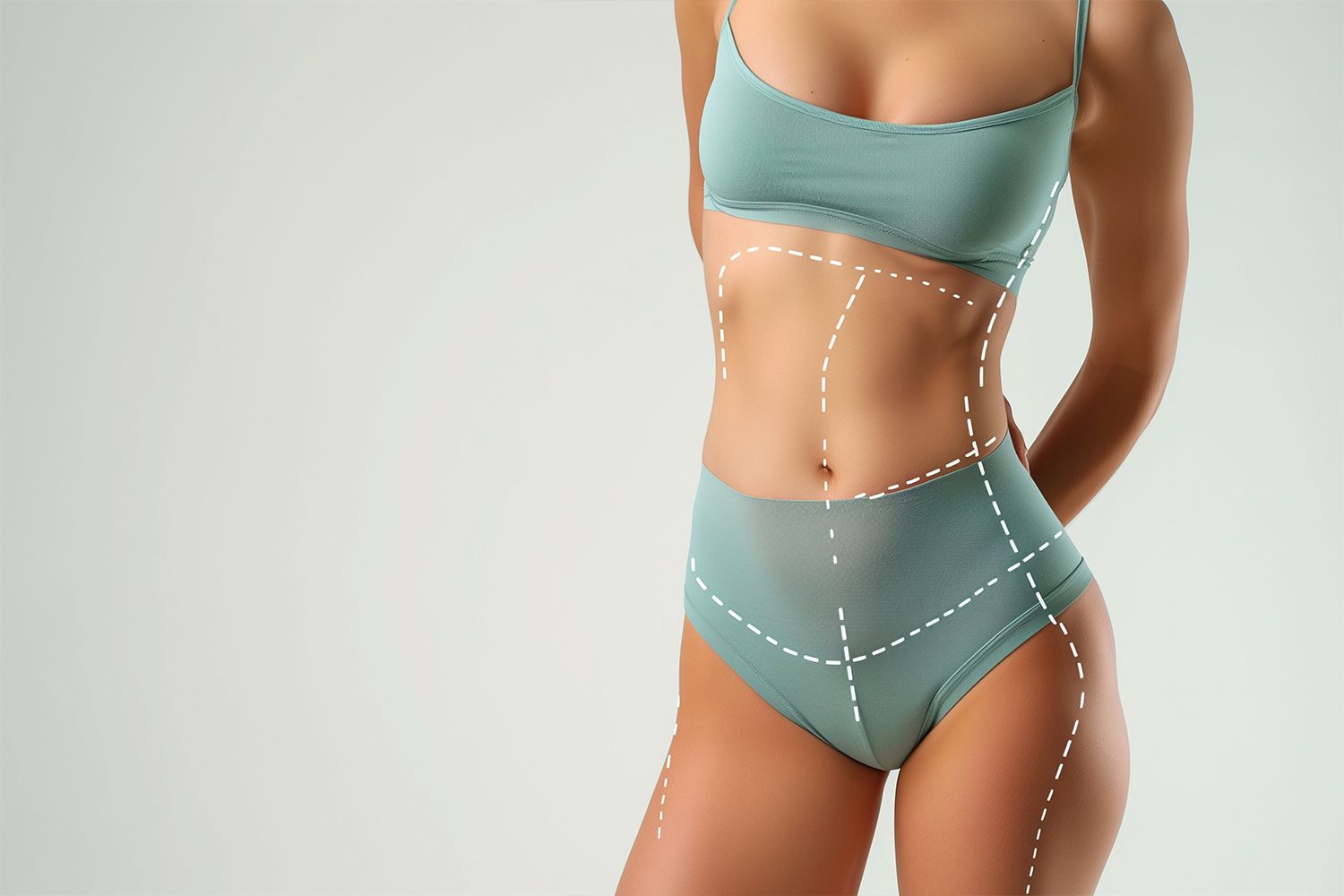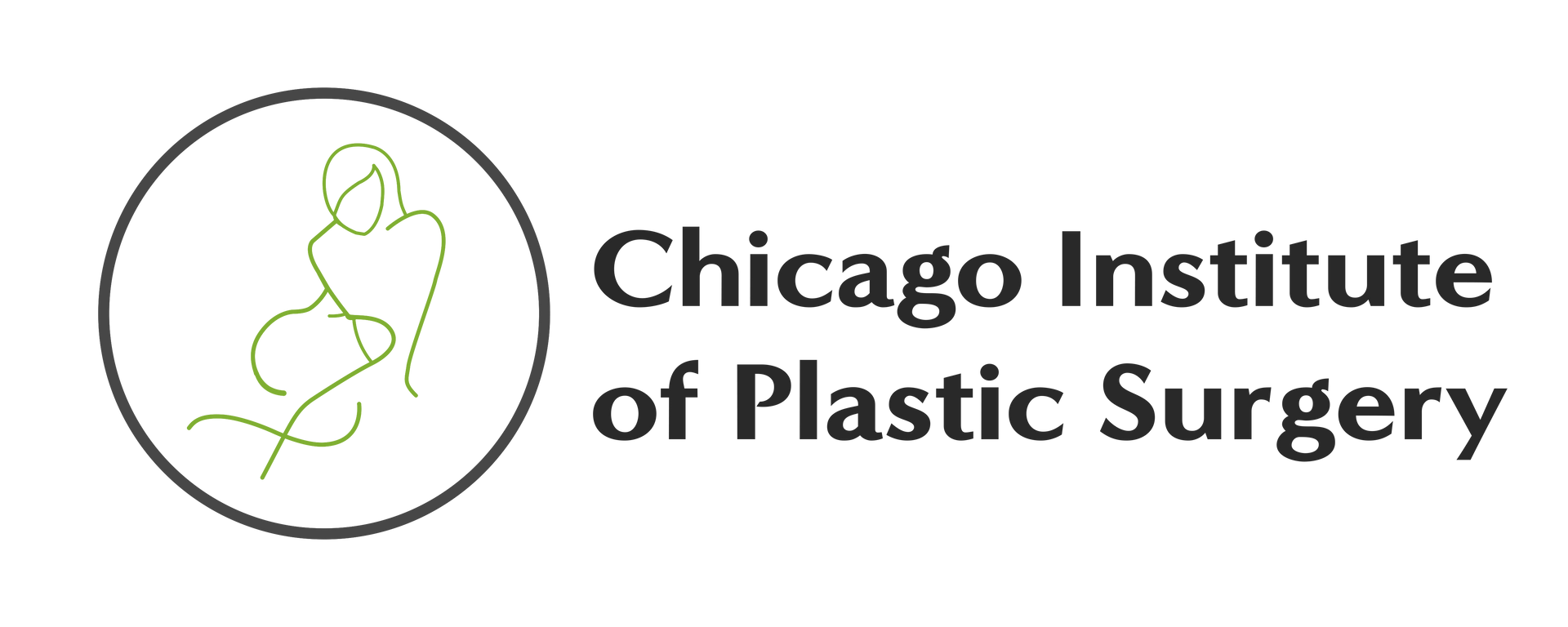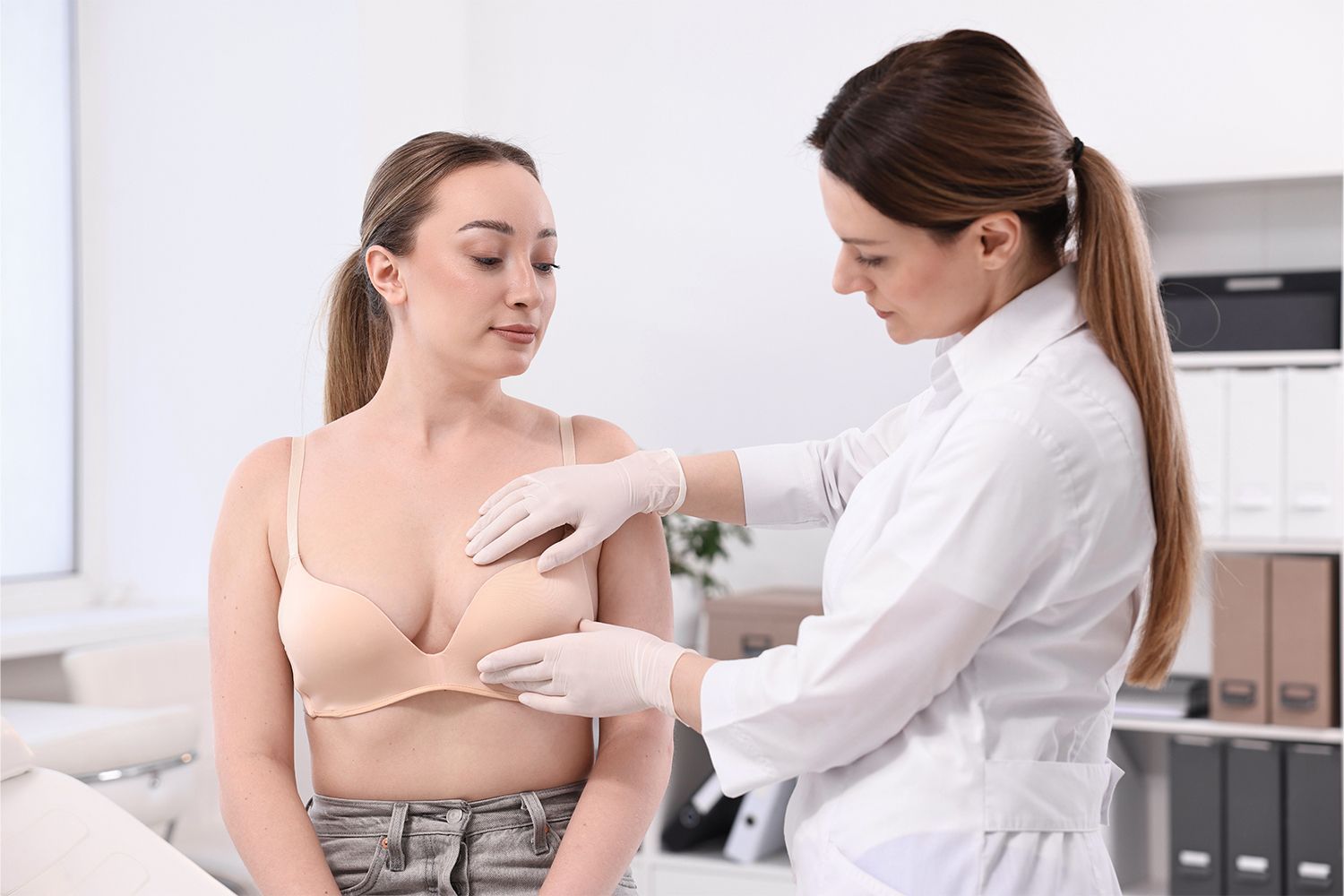Factors Influencing Breast SaggingWhen considering factors influencing breast sagging, it's essential to understand the impact of age, genetics, and lifestyle choices on the structural integrity of breast tissue.
As you age, the skin loses elasticity, leading to a natural decline in the firmness of the breasts. Genetics play a significant role in determining the density and composition of breast tissue, affecting how prone they're to sagging. Lifestyle choices such as smoking, excessive sun exposure, and poor diet can accelerate the aging process and contribute to a loss of skin elasticity, exacerbating breast sagging. Consulting with a
board-certified plastic surgeon in Chicago
can help you explore options to restore firmness and achieve the results you're seeking.
Maintaining a healthy lifestyle, including regular exercise to strengthen the chest muscles, wearing supportive bras, and avoiding significant weight fluctuations, can help slow down the sagging process.
While larger breasts may appear to sag more due to their weight, it's the factors mentioned above that primarily influence the degree of sagging. By being mindful of these factors and taking proactive steps to care for your breast tissue, you can help maintain their structural integrity and defy gravity to some extent.
Myth: Larger Breasts Sag MoreContrary to popular belief, the notion that larger breasts sag more is a myth that lacks substantial scientific evidence to support it. Breast sagging, or ptosis, is primarily influenced by factors such as genetics, age, pregnancy, weight fluctuations, and smoking, rather than solely
by breast size. Consulting with the
best cosmetic surgeon in Chicago
can help you understand the factors that contribute to breast sagging and explore potential treatment options tailored to your needs.
Research indicates that the ligaments supporting the breasts, along with the skin's elasticity, play a more significant role in determining sagging than breast volume alone.
Several studies have explored the relationship between breast size and sagging, with mostfinding no direct correlation between larger breasts and increased ptosis. In fact, some research suggests that smaller breasts may experience similar degrees of sagging over time.
Factors like skin quality, breast composition, and hormonal changes are more influential in the development of sagging breasts than sheer volume.
Therefore, while larger breasts may appear to sag more due to their weight and distribution, the idea that breast size alone leads to increased sagging is unfounded. It's essential to consider a holistic view of breast health and sagging factors beyond size alone.
Effects of Gravity on BreastsResearch indicates that gravitational forces exert a significant impact on the positioning and shape of breasts over time. Breasts aren't immune to the effects of gravity, which can lead to changes in the skin's elasticity and supportive tissue. As you age, the ligaments that
support your breasts may stretch, causing them to droop.
This natural process can be accelerated by factors like pregnancy, weight fluctuations, and inadequate breast support during physical activity.
Understanding how gravity affects breast tissue can help you make informed decisions about breast health and care. Wearing properly fitting bras, especially during high-impact activities, can provide essential support to minimize the effects of gravity. Additionally, maintaining
a healthy weight and staying hydrated can contribute to the overall health and elasticity of your skin, potentially slowing down the sagging process. If you're considering a
Brazilian Butt Lift in Chicago, similar lifestyle choices can help enhance your results and maintain overall body aesthetics.
While gravity is a force that acts on everyone, taking proactive steps to support your breasts can help you feel more confident and comfortable in your skin. Remember, a little care can go a long way in preserving the shape and positioning of your breasts over time.
Importance of Proper SupportProper support is crucial for maintaining the health and shape of your breasts over time. When your breasts lack adequate support, the Cooper's ligaments, which help maintain breast shape, can stretch and become strained, leading to sagging.
Wearing a well-fitted bra that provides ample support can help distribute the weight of your breasts more evenly, reducing the strain on these ligaments. Research suggests that wearing a bra during physical activity can also help minimize breast movement, further protecting
the ligaments from damage.
Additionally, proper support can improve your overall posture and prevent discomfort or pain that may result from inadequate support. Bras with wide, adjustable straps and supportive bands under the bust can help reduce strain on your shoulders and back, promoting better
alignment.
It's essential to regularly reassess your bra size as your body changes over time, ensuring that you're getting the optimal support needed to maintain the health and appearance of your breasts.
Role of Skin ElasticityEnsuring adequate skin elasticity is essential for maintaining the firmness and resilience of your breasts over time. Skin elasticity refers to the skin's ability to stretch and then return to its original shape.
Factors like age, genetics, sun exposure, and lifestyle choices can affect skin elasticity. As you age, your skin naturally loses some of its elasticity, leading to sagging in various areas, including the breasts.
Collagen and elastin are proteins that play a crucial role in maintaining skin elasticity. Collagen provides structure and firmness, while elastin allows the skin to stretch and bounce back.
To support skin elasticity, it's important to stay hydrated, eat a balanced diet rich in vitamins and antioxidants, protect your skin from sun damage, and avoid smoking, which can accelerate the breakdown of collagen and elastin.
Exercise and Breast SaggingTo address concerns about breast sagging, incorporating targeted exercises into your routine can help strengthen the muscles surrounding the breasts and improve their overall appearance.
While exercises won't change the size of your breasts, they can enhance the underlying muscles, providing better support and potentially reducing the appearance of sagging.
Incorporating chest-focused workouts like push-ups, chest presses, and dumbbell flyes can help tone the pectoral muscles, which lie beneath the breasts and play a crucial role in supporting them.
Additionally, exercises that target the back muscles, such as rows and lat pulldowns, can improve posture and further aid in maintaining breast firmness.
Research suggests that regular physical activity, including exercises that strengthen the chest and back muscles, can contribute to better breast support and overall appearance.
While exercise alone may not prevent all breast sagging, it can certainly help minimize the effects and promote a more lifted look.
Remember to consult with a fitness professional or healthcare provider to develop a safe and effective exercise routine tailored to your specific needs and goals.
Impact of Pregnancy on BreastsPregnancy can significantly impact the size and shape of your breasts due to hormonal changes and increased blood flow to the area. During pregnancy, your body prepares for breastfeeding by increasing the production of estrogen and progesterone, which can cause your breasts
to become larger and more sensitive. This growth is often accompanied by stretching of the skin and ligaments, contributing to potential sagging post-pregnancy.
Moreover, the increased blood flow to your breasts during pregnancy can make your veins more prominent, leading to visible blue or purple veins on the breast surface. These changes are natural responses to support the nourishment of your developing baby and are typically
temporary.
However, the extent of breast changes can vary among individuals and may impact how your breasts look and feel after giving birth. Understanding the effects of pregnancy on your breasts can help you prepare for potential changes and make informed decisions about postpartum care and support.
Surgical Options for SaggingConsidering the effects of sagging breasts post-pregnancy, surgical options offer potential solutions for those seeking to address this concern. Breast lift surgery, also known as mastopexy, is a common procedure that aims to raise and reshape the breasts, giving them a more youthful appearance. This surgery involves removing excess skin, repositioning the nipple-areola complex, and tightening the surrounding tissue to create firmer, perkier breasts.
For individuals looking to increase breast volume along with addressing sagging, breast augmentation with implants may be a suitable option. This procedure involves inserting implants to enhance the size and shape of the breasts while also lifting them to a more desirable
position.
It's essential to consult with a board-certified plastic surgeon to determine the most appropriate surgical option based on individual goals and anatomy.
Surgical options for sagging breasts can provide long-lasting results, helping individuals regain confidence and satisfaction with their breast appearance.
Bra Selection and Breast SupportWhen it comes to addressing breast sagging, selecting the right bra and ensuring proper breast support play a significant role in maintaining breast health and comfort. Wearing a well-fitted bra that provides adequate support is essential for preventing unnecessary strain on the
breast tissue and ligaments, which can contribute to sagging over time.
Look for bras with features such as wide straps, a supportive band, and cups that fully encompass the breasts to distribute weight evenly and reduce bouncing during physical activity. It is recommended to get professionally fitted for a bra to ensure you're wearing the correct size.
Additionally, consider choosing bras with underwire for extra support, especially for those with larger breasts. Sports bras are ideal for minimizing movement during exercise.
Avoid wearing bras that are too tight, as they can restrict circulation and lead to discomfort.
Aging and Breast Tissue Changes
As women age, changes in breast tissue composition and elasticity are a natural part of the aging process. During menopause, a decline in estrogen levels can lead to a decrease in breast tissue density and overall volume, resulting in breasts that may appear less firm. The collagen
and elastin fibers that provide structural support to the breasts also tend to weaken with age, contributing to sagging.
Regular physical activity that includes strength training exercises can help maintain muscle tone underneath the breasts, potentially reducing the effects of gravity on breast tissue. Wearing a supportive bra that fits well can also provide additional lift and support.
It's important to remember that aging is a natural process, and some degree of breast sagging is normal. Embracing and accepting these changes as a part of your journey can promote body positivity and self-confidence.
Consulting with a healthcare provider or a specialist in breast health can provide personalized advice on how to care for your breasts as you age.
While larger breasts may experience more sagging due to their weight, it isn't the sole determining factor. Genetics, age, pregnancy, weight fluctuations, and lifestyle choices all play significant roles in breast sagging.
Proper support through well-fitted bras, regular exercise, and maintaining a healthy lifestyle are key in minimizing the effects of sagging, regardless of breast size.
Remember to consult with a healthcare provider for personalized advice on addressing individual concerns related to breast sagging.

